Ural A321 at Hurghada on Feb 28th 2013, tail strike on go-around
Egypt's Aircraft Accident Investigation Central Directorate (EAAICD) released their final report concluding the probable cause was:
Deviation from normal technique. The F/O who was making the landing did not handle the airplane properly, while the PIC did not intervene at the proper time in an attempt to prevent exceeding pitch limit.
- The actual pitch while the airplane was on the ground was too high exceeding the geometric limit for the airplane on ground.
Contributing factors were:
- The captain did not intervene at the proper time in order to prevent pitch from exceeding its limits (taking into consideration that the tail strike took place in few seconds, requiring captain direct interference with the flight control).
- The behavior of the F/O during landing might be affected by several contributing factors including the following:
* The actual total flying hours during the past 24 hours for both captain and F/O, besides the late landing time suggests fatigue condition.
* It was found that pilots were possibly affected by the fatigue influence of the long duty period and early time of the day but it was checked that the duty period of this flight was in strict compliance with Ural Airlines duty time regulations.
* The F/O was suffering from light intensity, though he did not announce or inform the captain.
* The factual information shows that the number of flying hours for the F/O is much higher than the flying hours of the captain. The feeling of the captain that the F/O is highly experienced with a large amount of flying hours might have some effect on his behavior towards his F/O. The captain might have felt high confidence in the F/O resulting in a feeling of relaxation assuming that the error probability from the F/O side is low.
* From pilot's statements, it was concluded - after touching down the RWY both pilots become sure that the aircraft bounced of RWY and was floating close to the ground. The same time DFDR data showed both landing gears compressed. It was found that probable cause of the illusion might be combination of very little bounce followed by soft touch down and abnormal pitch attitude at the time of the landing. FO was holding the aircraft nose high to prevent hard landing. This pilot technique was against the Airbus recommendation (FCTM) and the operator SOP 9 for the case of bouncing at landing. The Captain failed to properly conduct his duties as a Pilot Non Flying for aircraft pitch monitoring at landing and timely announcing exceeding of this parameter.
* Communication between the captain and the F/O throughout the event was not sufficiently efficient.
The EAAICD report is highly unusual. The factual report describing the history/sequence of events of the flight is extremely brief: "On February 28, 2013, at almost 02:13:59 UTC, the said Airbus A321, Russian registration VQ-BOC, Flight No SVR3027, operated by Ural Airlines (Flight from to: Flight from “Bolshoye Savino” Russia (USPP), to Hurghada, Egypt (HEGN)), has suffered a tail strike during landing at Hurghada, runway 34. The flight crew performed a Go Around procedure after the tail strike and landed the A/C later on the same runway (34), same airport (Hurghada Airport)."
The analysis portion is then flooded with graphs off the FDR and transcripts of the CVR (all of which resemble factual informations) and mainly statements of facts derived from those graphs and transcripts.
In combination of the factual, analysis, CVR and FDR graphs als reported by the EAAICD The Aviation Herald reconstructs the sequence of events from the numbers and snippets spread all across the report as follows:
The aircraft was on approach to Hurghada's runway 34, Vref was computed at 137 KIAS, Vapp at 142 KIAS, full flaps were set and gear was down. The autopilot was disengaged while descending through 1100 feet, the autothrottles remained engaged. The aircraft touched down on runway 34 at 137.5 KIAS, a pitch angle of 6.1 degrees nose up and a vertical acceleration of +1.2G, the right main gear squat switch changed to "on ground" with the left squat switch remaining "airborne", the vertical acceleration reduced to +0.868G a second later with the right squat switch also showing "airborne" again, another second both squat switches changed to "on ground" with vertical acceleration of +1.12G indicative of a minor bounce, autothrottles were disengaged, however, the first officer provided strong nose up inputs up with stick deflections of up to 15 degrees, the captain provided slight nose down inputs of about 1.65 degrees.
The aircraft's nose rose to 10.8 degrees nose up with the main gear still on the ground and thus reached the angle, at which the tail would contact the runway surface. Autothrottle were re-engaged about 7 seconds after being disengaged, TOGA selected and the engines spooled up for the go-around, the aircraft became airborne again. The aircraft subsequently positioned for a second approach to runway 34 and landed without further incident.
The EAAICD analysed that the approach was stabilized and normal until touch down. The analysis does not state anything about the control inputs by the first officer, except stating the stick deflections of up to 15 degrees, however state, that the captain's (nose down) input was too small.
The EAAICD reported in the analysis section that the crew had flown 11.24 hours in the 24 hours prior to the accident and analysed that the crew was under fatigue condition.
The EAAICD reported all loading data in the analysis section and analysed that the aircraft was properly loaded and all relevant parameters were within appropriate limits.
The EAAICD analysed weather had no role in the accident.
Marks on the runway (Photo: EAAICD):
The bottom of the tail section of the aircraft (Photo: EAAICD):
http://avherald.com/h?article=45e739bf/0000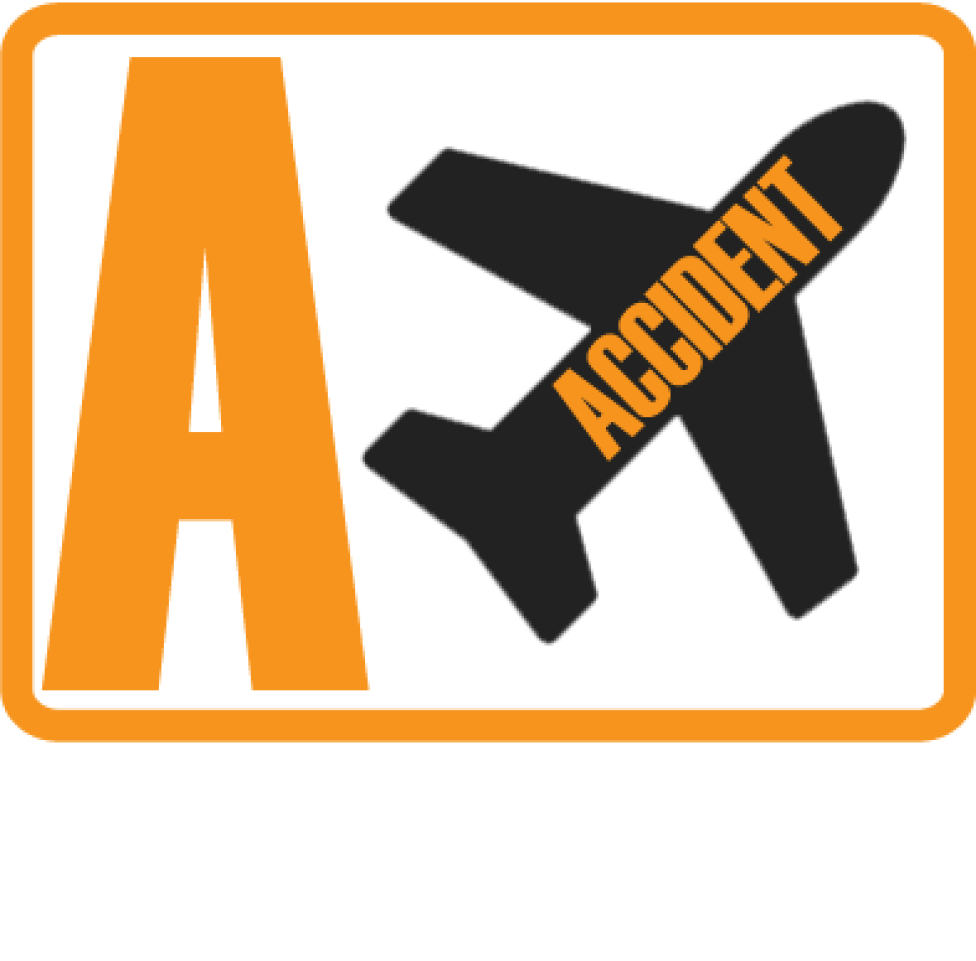


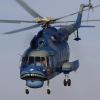
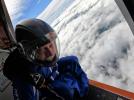


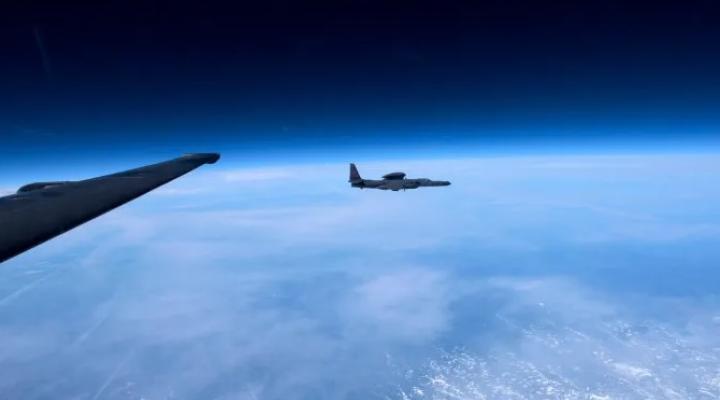
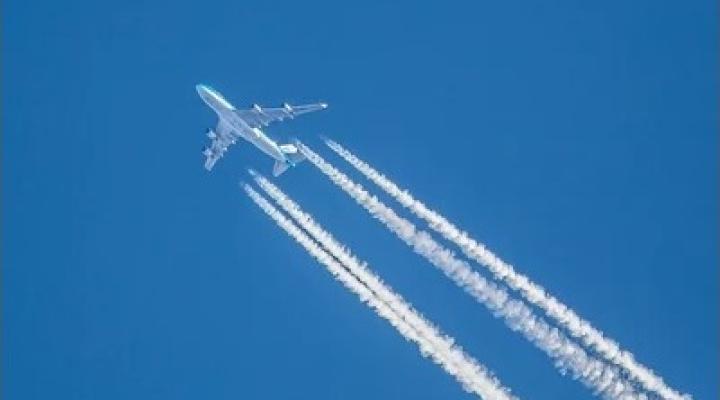






Komentarze